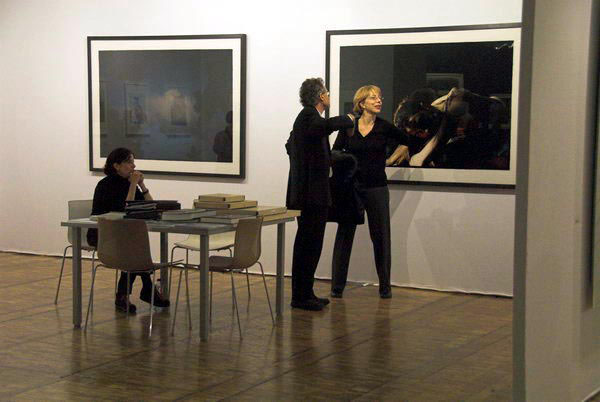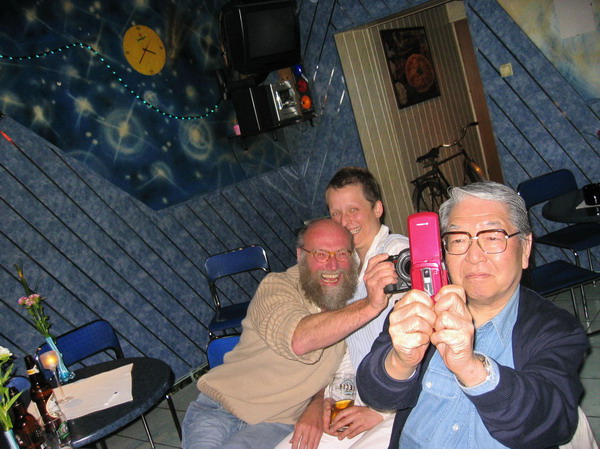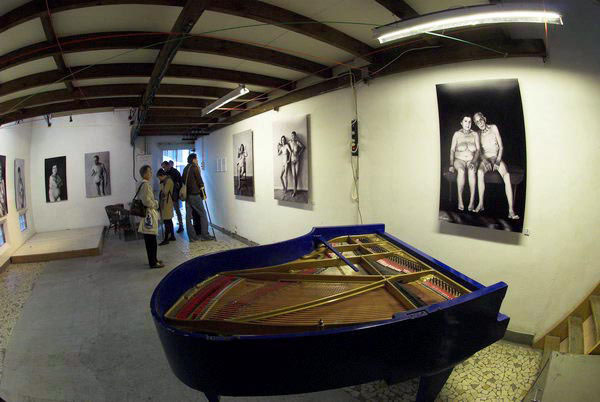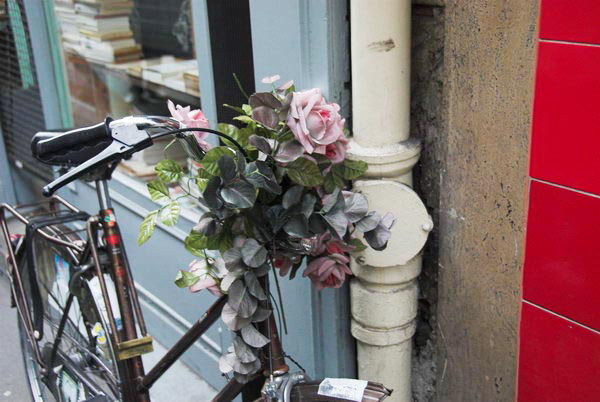I’m pleased to see that the work of Milton Rogovin is getting some attention at the moment, with a cover picture and excellent feature in last week’s British Journal of Photography (you need to be a subscriber to view the text by Bill Kouwenhoven in the issue along with just a single image) which was guest-edited by photographer Simon Norfolk), and now a mention in a Magnum Blog post by Alec Soth.
One of the many features I wrote for About.com – sadly no longer on line – was a lengthy feature on Rogovin. Written the year after he gave up photography in 2002, and at the time of his New York Historical Society show in 2003, and a few weeks after the death of Anne Rogovin, who had played an essential role in his work (his “life partner and comrade for sixty-one years“), in July 2003.
Photography in the USA was hit badly by the cold-war hysteria of the McCarthy years, which put an end to the New York Photo League and sent Paul Strand into exile in France rather than face investigation. These and related events were blows which changed the direction of photography there, and not for the better. But in the case of Milton Rogovin, optometry’s loss became photography’s gain. In 1958 his business in Buffalo, New York evaporated after he stood on his constitutional right to refuse to testify and was named in the Buffalo papers as “Buffalo’s Top Red”.
Rogovin had been interested in photography for some years and had shown work in regional shows. Now, he felt his “voice was essentially silenced, so I decided to speak out through photographs.” A friend who taught music at Buffalo State College asked him to photograph a project recording the activities of an Afro-American Holiness Church in the east side of Buffalo, and when the music project ended after three months he continued to photograph in black churches for another three years. The work honed his technical skills, particularly in getting proper gradations on black skin tones.
In 1962, photography’s leading magazine, Aperture, edited by Minor White, published this Storefront Church series with an introduction by W E B Du Bois, a founder of the National Association for the Advancement of Colored People (NAACP).
Other long-term projects followed, with Anne Rogovin providing both inspiration for his work and money to keep the family as a special education teacher. ‘Family of Miners‘ started with nine summer vacations in Appalachia, but after he got the W Eugene Smith Award for Humanistic Photography in 1983, was extended to France, Scotland, Germany, Cuba, Spain, China, and Mexico and Zimbabwe.
But although he travelled the world, perhaps his best-known work came from Buffalo. Shortly after returning from a trip to Chile, where he collaborated with the poet Pablo Neruda in 1967, Rogovin decided to undertake a project in the inner-city Lower West Side. It took some time for him and Anne to gain the confidence of people there, and he switched from an Hasselblad to the battered Rolleiflex he would use for most of the rest of his work after he found too many people admiring his camera and asking how much it was worth! He kept things simple, with the camera on tripod and a bare-bulb flash, getting to know people and gaining their confidence before asking for permission to photograph them. His portraits were never posed, although he would ask people to look at the camera (eyes were central to both his careers), but he wanted them to present themselves – and he always made sure to go back and give them prints. He seldom took more than 3 or 4 exposures of anyone, even when photographing groups.
Twelve years after completing this first project on the area, at Anne’s suggestion, he returned in 1984 and managed to find a rephotograph over a hundred of these same people. Most had moved, and he only found many of them by standing on street corners with his box of pictures and asking if people knew any of them. Again she suggested he return in 1992, while he was recovering from a heart operation and prostate cancer and managed to find and photograph some of the people for a third time. Then in 2000, along with Anne and radio documentary producer Dave Isay, they managed to find photograph and interview at least eighteen of his original subjects.
In 1999, the US Library of Congress accepted 1200 of his prints, as well as negatives and contact sheets and related letters and documents (to see some his pictures in the collection, enter Rogovin into the search box and set to search in author/creator fields – the first page of results has few digitised images, but later pages do.) It was the first time for perhaps 20 years that such a large body of work had been accepted by the Library, an indication of the historic significance they attached to his work.















